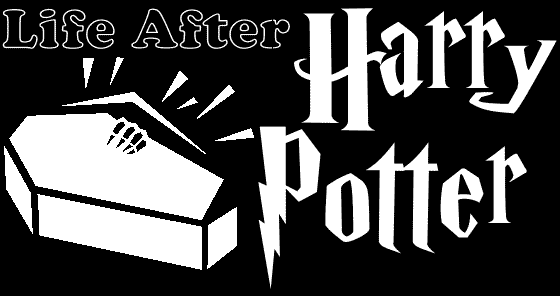

Luna Lovegood Luna Lovegood |
and the Watch of Doom and the Watch of Doom |
In any case, the idea of witches having animals with which they can communicate and by whom they can send messages is clearly the same tradition. My purpose with this “mini-chapter” was to find a familiar appropriate for Luna. Naturally, my first (quirkiest) choice was a garden gnome, but clearly Hogwarts would not permit such a pest on the grounds. I also thought a hen was quite appropriately loony, but this simply wasn’t quite magical enough. Besides, how many jokes could you tell about Luna’s hen?
I needed something decidedly out of the ordinary (no owl, cat, toad or rat, obviously), but also admirable (from the point of view of the reader) and, at the same time, something at which the other students would scoff or otherwise reject. I quickly thought of using ravens, the most intelligent birds (as far as we know), capable of speech (the biggest selling point), and native to Great Britain. My problem was: why doesn’t every other student have a raven, then? Again, I quickly hit upon an idea: ravens are deemed unlucky (like thestrals or large black dogs) and so, rather than admiring Luna for her excellent choice of familiar, the other students are likely to accuse her of bringing bad luck and are likely to avoid both her and Egbert even more than they would otherwise. This may be bad for Luna, but it is good for my story, as in the books Luna has no real friends among the students until after the events of Order of the Phoenix. In other words, this helps to explain that very odd phenomenon. Finally, I thought it a great idea to make the raven, like Luna, unusual in some striking manner: thus, albino. It was sheer good fortune that the red-eyed albino (written weeks ago) dovetailed so well with the red-eyed doppelgänger story that I wrote just last week.
Movie clips showing why ravens are such a good match for Luna.
HARRY POTTER, characters, names and related indicia are trademarks of and © Warner Bros. Harry Potter Publishing Rights © J. K. Rowling. All rights reserved. All uses of material subject to these copyrights on this site are used without permission. All material presented here is intended solely for the enjoyment of the reader and is not authorized for copy or resale. To fully enjoy this story, the reader should be in possession of all of the Harry Potter books by J. K. Rowling, but especially the first two, Harry Potter and the Sorcerer’s Stone and Harry Potter and the Chamber of Secrets.
Any and all copyright priveleges not belonging to the aforementioned, including the entirety of this web site design and content, are copyright © 2007-2008 by James E. Pettis. This page copyright © 2008 by James E. Pettis.